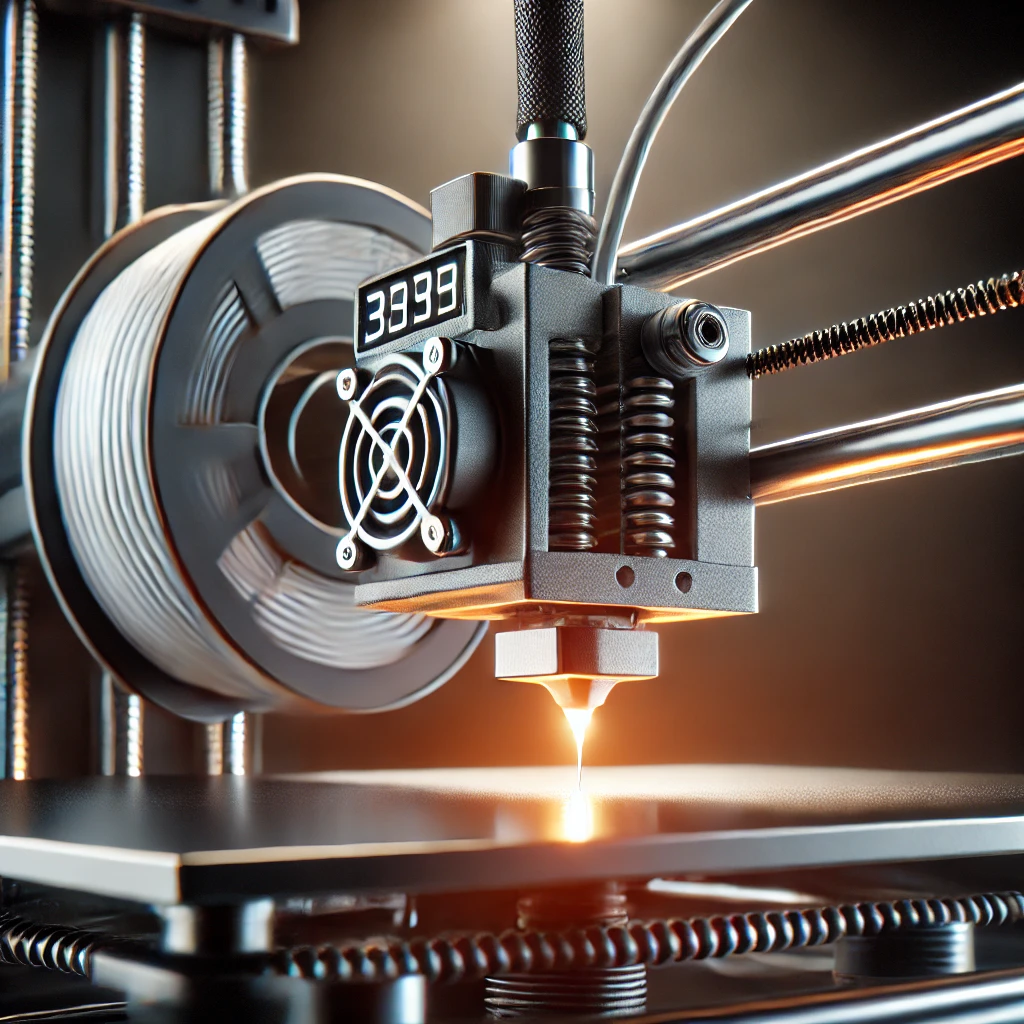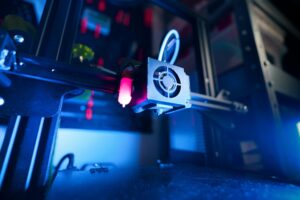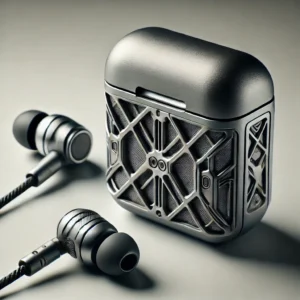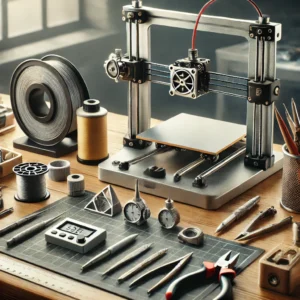What is a 3D Printer Extruder? Understanding its Role in 3D Printing

In the world of 3D printing, the extruder is one of the most essential parts of the printer. It’s responsible for pushing the filament—whether it’s plastic, metal, or resin—into the hot end, where it melts and is deposited layer by layer to create a 3D object. Without the extruder, the 3D printer wouldn’t be able to feed material accurately or consistently, making it a key player in producing high-quality prints.
How Does a 3D Printer Extruder Work?
The extruder in a 3D printer typically consists of two main parts: the cold end and the hot end. The cold end is the section responsible for grabbing and feeding the filament into the printer, while the hot end is where the material melts and is extruded out.
-
Cold End:
Uses a stepper motor to push the filament forward. -
Hot End:
Heats the filament to its melting point and then extrudes it through a nozzle onto the print bed.
The extruder works in tandem with the printer’s software to control the exact amount of material that’s fed into the printer, as well as the speed at which it’s deposited.
Types of 3D Printer Extruders
There are two main types of extruders used in 3D printing: Direct Drive Extruders and Bowden Extruders. Each has its advantages depending on the type of printing and the filament being used.
-
Direct Drive Extruder:
In this setup, the extruder is directly connected to the hot end. This allows for better control over the filament, making it ideal for flexible or softer materials. -
Bowden Extruder:
In this configuration, the extruder is located away from the hot end and pushes the filament through a long tube. While it reduces the weight on the print head and allows for faster movement, it can be less precise with flexible filaments.
Why is the Extruder Important?
The extruder’s ability to feed the right amount of material at the correct speed is what makes the 3D printing process possible. It ensures consistent flow and prevents under- or over-extrusion, which could lead to failed prints or poor-quality surfaces. As such, a high-quality extruder can dramatically improve print results.
Common Extruder Issues
Some common problems with 3D printer extruders include:
-
Clogging:
Filament may get stuck in the hot end, leading to poor extrusion. -
Under-Extrusion:
Not enough filament is pushed through, resulting in gaps in the print. -
Over-Extrusion:
Too much filament is pushed through, causing blobs or uneven surfaces.
Regular maintenance and calibration of the extruder can help avoid these issues and keep the printer running smoothly.
The extruder is a critical part of any 3D printer, feeding filament into the hot end and controlling the entire extrusion process. Understanding how the extruder works and its different types can help you select the right 3D printer and troubleshoot any issues that arise during the printing process.



